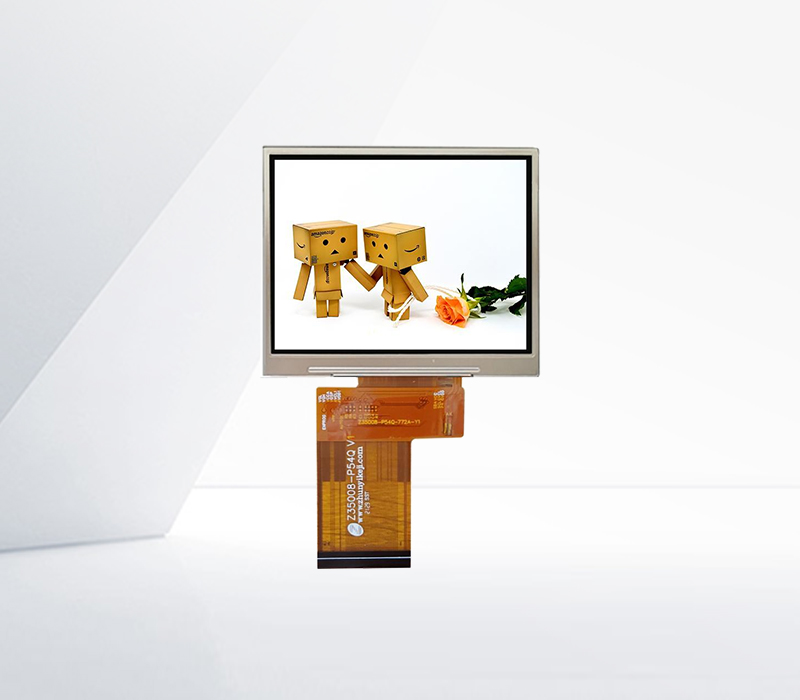




LCD (Liquid Crystal Display) virtual reality (VR) displays have emerged as a crucial component in the immersive VR experience. These displays are designed with specific features to meet the high demands of virtual reality applications.
One of the key aspects of LCD VR displays is their high resolution. To create a truly immersive virtual environment, a high pixel density is essential. LCD VR displays often have resolutions that far exceed those of traditional displays. For example, they may have a pixel density that allows for clear and detailed visuals even when the user is up close to the screen. This high resolution enables the display to present sharp images of virtual objects, enhancing the sense of presence within the VR world.
The refresh rate of LCD VR displays is also of great significance. A high refresh rate is necessary to reduce motion blur and provide a smooth visual experience during fast - moving VR scenarios. Many LCD VR displays have refresh rates of 90Hz, 120Hz, or even higher. This rapid refresh of the screen ensures that the user's movements within the virtual environment are accurately and fluidly represented. Additionally, the response time of the liquid crystal cells in these displays is carefully optimized. A short response time minimizes the delay between the input signal and the change in the displayed image, further contributing to a seamless VR experience.
Another important feature is the color accuracy and contrast ratio of LCD VR displays. Vivid and accurate colors are crucial for creating realistic virtual worlds. The display's ability to reproduce a wide range of colors with high fidelity allows for more immersive and engaging environments. A high contrast ratio helps to make the virtual objects stand out against the background, enhancing the visual depth and realism. Some LCD VR displays also incorporate advanced backlight technologies, such as local dimming, to improve the contrast in specific areas of the screen.
Moreover, the design of LCD VR displays takes into account the ergonomics of VR headsets. They are usually lightweight and thin to fit comfortably within the headset structure. The shape and size of the display are optimized to provide a wide - angle view without sacrificing image quality. LCD VR displays are highly specialized to deliver an exceptional virtual reality experience.
